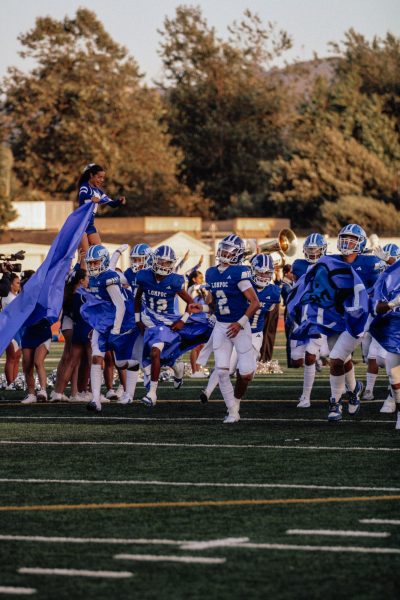Green is the Color of Invincibility: St. Patrick’s Day History
Happy St. Patrick’s Day hand drawn lettering vector illustration
Many holidays have colors correlated to them, like Christmas with red and green, Valentine’s with pink and red, and Halloween with purple and orange. But one of the most notable — and most painful — color-coordinated holidays is St. Patrick’s Day! When that day comes around, everyone knows to wear green lest they be pinched! St. Patty’s Day falls on March 17th, a good middle between Valentine’s day and Easter. It’s really bizarre how many people participate in this silly little holiday, no matter what culture they come from. People will wear any variant of green and pinch anyone who isn’t without batting an eye. So this begs the question: what is St. Patrick’s Day? Or, even better, who is St. Patrick?
The Feast of Saint Patrick, as some people call it, is a celebration of the life (and death) of Saint Patrick, a patron saint of Ireland. As a child, Saint Patrick was kidnapped from Roman England and brought to Ireland as a slave. He ended up escaping, but then came back, bringing Christianity to the nation. He was credited for doing amazing things in and for Ireland, such as starting monasteries, churches, schools, and community activities for children. A common children’s fable, Saint Patrick is notable for using the three leaves of the shamrock to explain the Holy Trinity.
After he died, every year people in Ireland would observe Saint Patrick’s Feast as a sign of respect for the good deeds Saint Patrick spread. Then, as Irish people began to immigrate to the states, they began to popularize the holiday. Homesick Irish soldiers in the 19th century would actually march on March 17th to celebrate their country and its traditions. After that, it became tradition to march on St. Patrick’s day in many cities – mostly New York, New Jersey, and Chicago. Chicago has a long tradition of dying their river green on St. Patrick’s day to honor the saint.
But, the original color of Ireland was blue, so why would Chicago dye its river green? In fact, why is Ireland mostly correlated to green these days? Well, when the Irish wanted to become more prominent in the US, they used the color green to stand out and be seen in the big cities. So, in the 19th century, Irish Americans popularized wearing green to represent their national pride. If you didn’t wear that color on St. Patrick’s day, you could expect a slap on the wrist, or a pinch for not participating. This activity unraveled into a fun myth for Ireland: leprechauns – stealthy and tricky little fellows – would always go up and pinch someone whenever they saw them, but if you wore green, you were invincible to leprechauns. This myth helped spread the fun tradition of wearing green on St. Patrick’s day around the world!

Donna Kemp is a Senior at Lompoc High School. She is not a part of the Journalism class this year, but she is still participating on the outside, writing...










